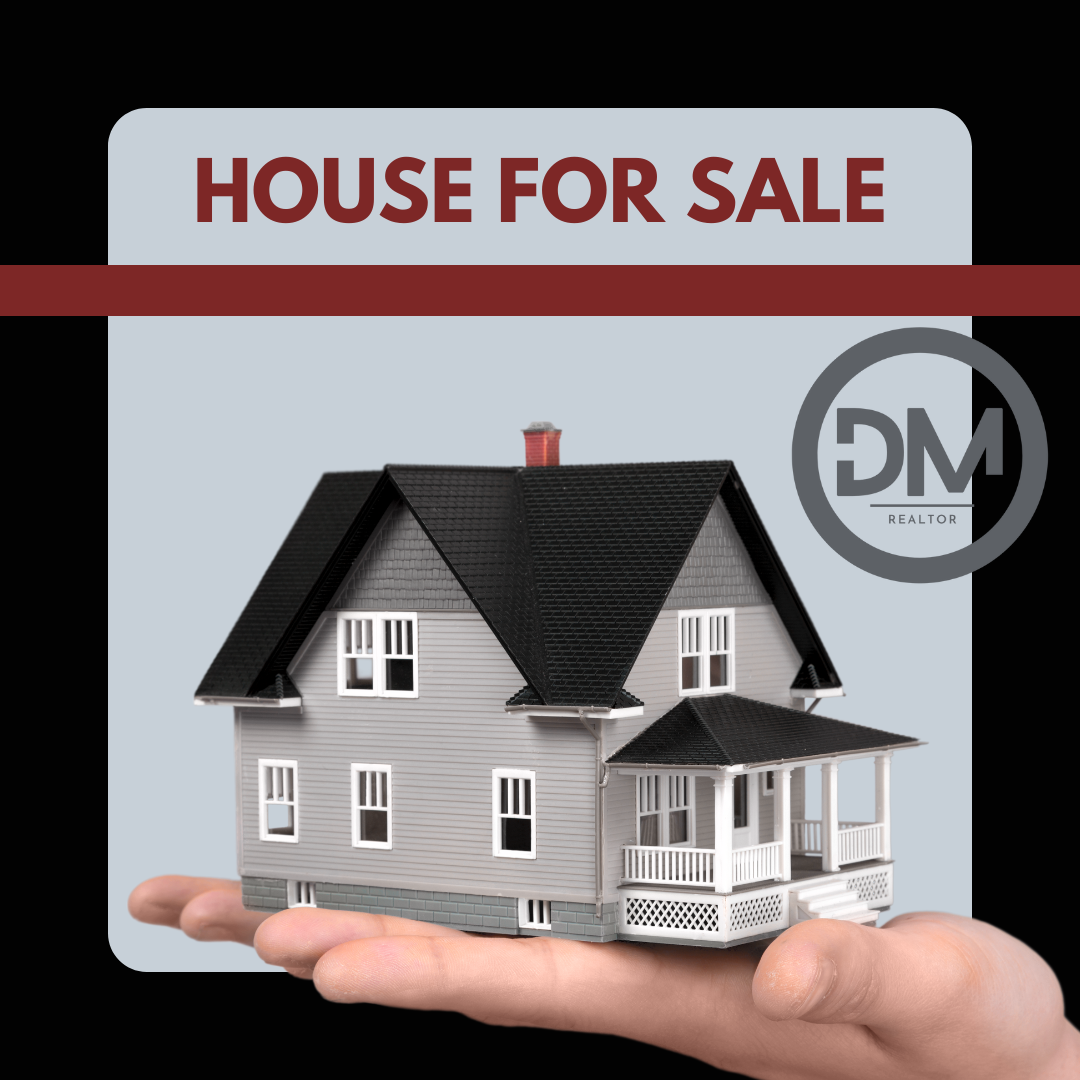The real estate market in Pennsylvania has experienced a significant surge in housing prices over the past few years. As the demand for housing continues to grow and the supply struggles to keep up, prospective homeowners and investors are finding themselves navigating a competitive landscape. This article explores the factors contributing to the rise in housing prices in Pennsylvania and sheds light on the current state of the market.
- Economic Growth and Population Increase:
Pennsylvania’s robust economic growth has played a crucial role in driving up housing prices. Cities like Philadelphia, Pittsburgh, and Harrisburg have witnessed substantial job growth and a flourishing economy, attracting a steady influx of individuals seeking employment opportunities. This influx, coupled with a growing population, has created a demand-supply gap in the housing market, exerting upward pressure on prices.
- Limited Housing Inventory:
One of the primary factors behind rising housing prices in Pennsylvania is the limited housing inventory. While demand continues to increase, the supply of available homes has struggled to keep pace. This scarcity of inventory has led to increased competition among buyers, resulting in bidding wars and driving prices higher. Additionally, the COVID-19 pandemic disrupted the construction industry, causing delays in new housing projects and exacerbating the supply shortage.
- Low Mortgage Rates:
Historically low mortgage rates have also contributed to the surge in housing prices. As borrowing costs remain low, more buyers are entering the market, amplifying demand. Low-interest rates have made homeownership more affordable for many, spurring increased competition and driving prices upward. However, it is important to note that rising interest rates in the future could potentially impact affordability and temper price growth.
- Urban Revitalization and Lifestyle Factors:
Pennsylvania’s major cities have experienced significant urban revitalization efforts, attracting both young professionals and retirees. The appeal of vibrant city centers, cultural amenities, and diverse employment opportunities has driven demand for housing in urban areas. Consequently, neighborhoods that were once considered affordable have witnessed rapid price appreciation as investors and buyers seek to capitalize on the urban resurgence.
- Suburban Migration:
In recent years, there has been a notable trend of suburban migration in Pennsylvania. Homebuyers are increasingly seeking larger properties, open spaces, and a quieter lifestyle outside the urban centers. This shift in preferences has driven up prices in suburban areas surrounding major cities as the demand for single-family homes with larger yards and better schools has surged.
Conclusion:
Pennsylvania’s housing market has experienced a steady rise in prices driven by various factors. Economic growth, limited housing inventory, low mortgage rates, urban revitalization efforts, and suburban migration have all contributed to the increased demand and subsequent price appreciation. While these market conditions have favored sellers and investors, it has posed challenges for first-time buyers and those on a limited budget. As the state’s real estate market continues to evolve, it is essential for prospective homeowners and investors to carefully navigate the landscape and adapt to changing conditions.

 Facebook
Facebook
 X
X
 Pinterest
Pinterest
 Copy Link
Copy Link
